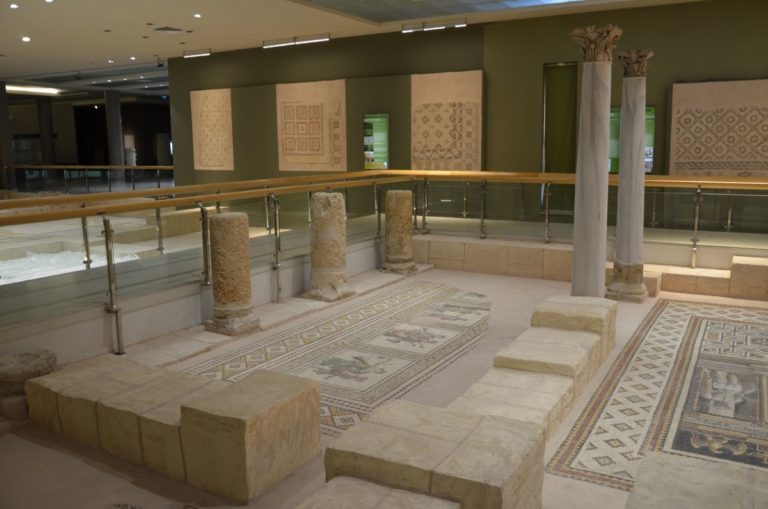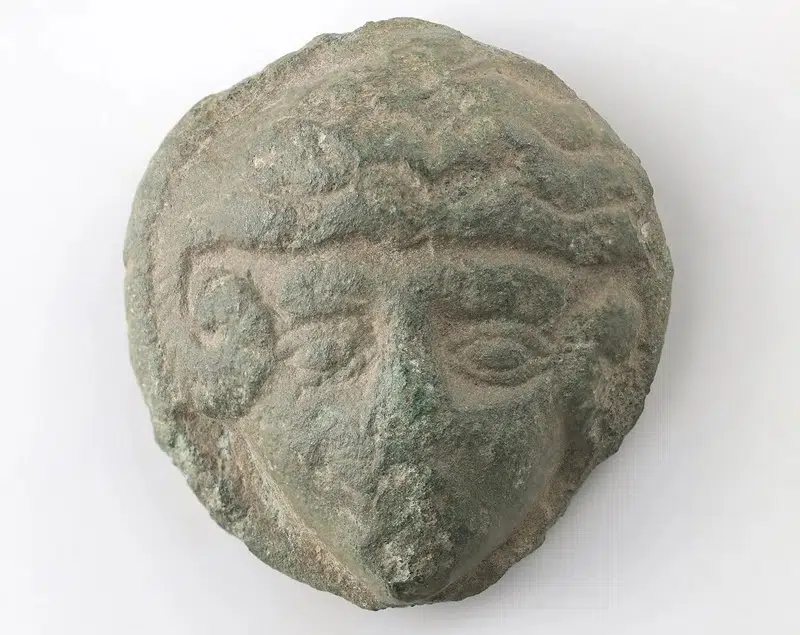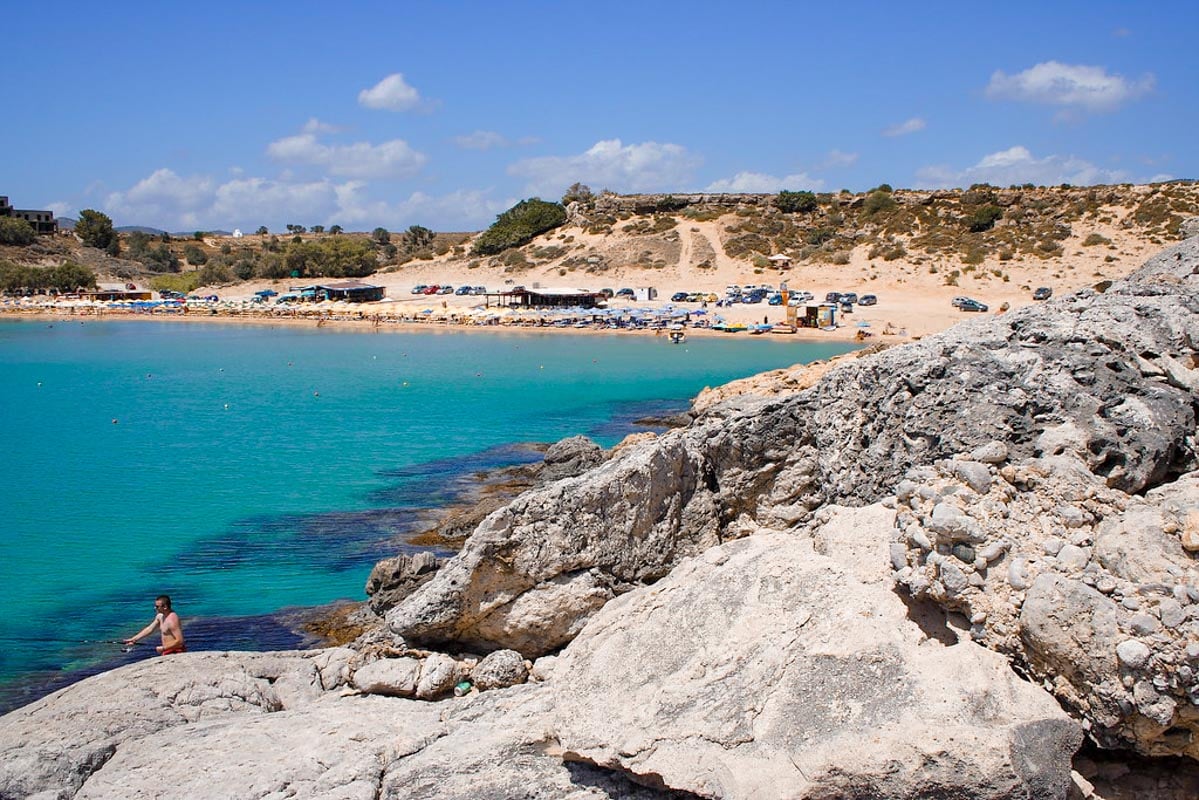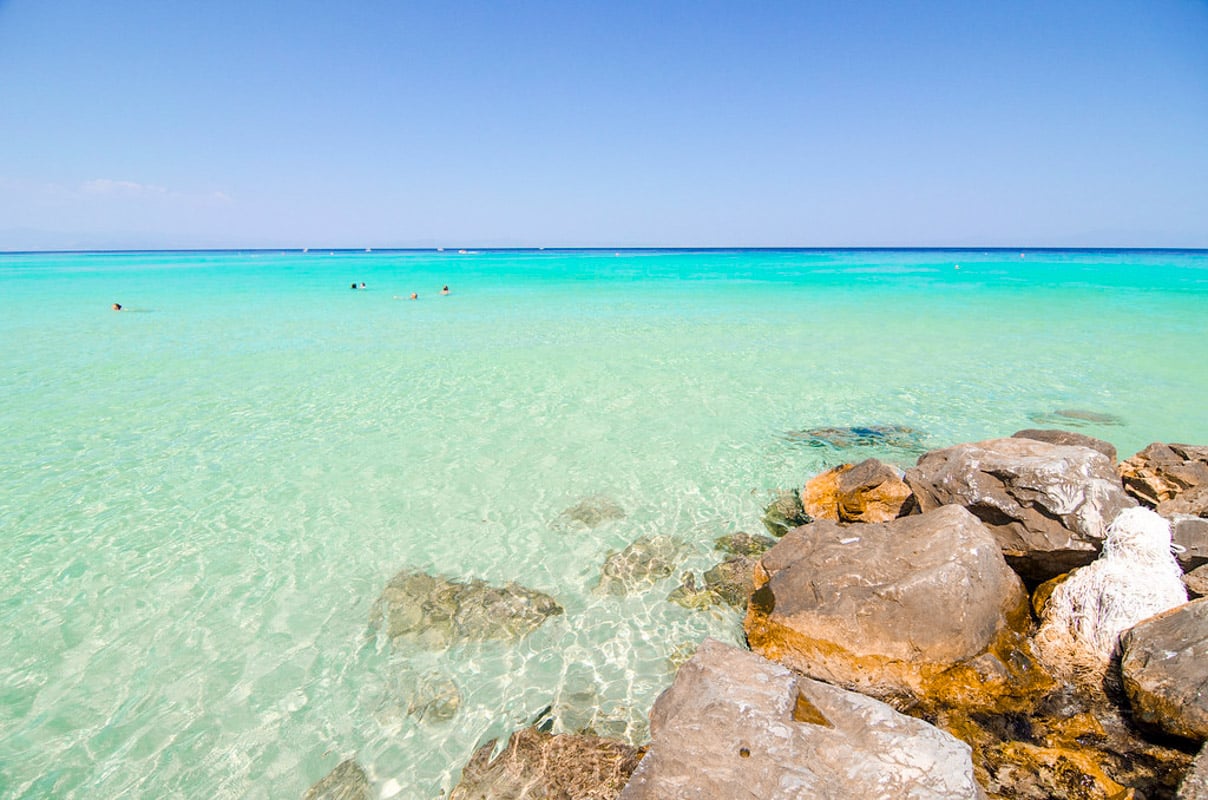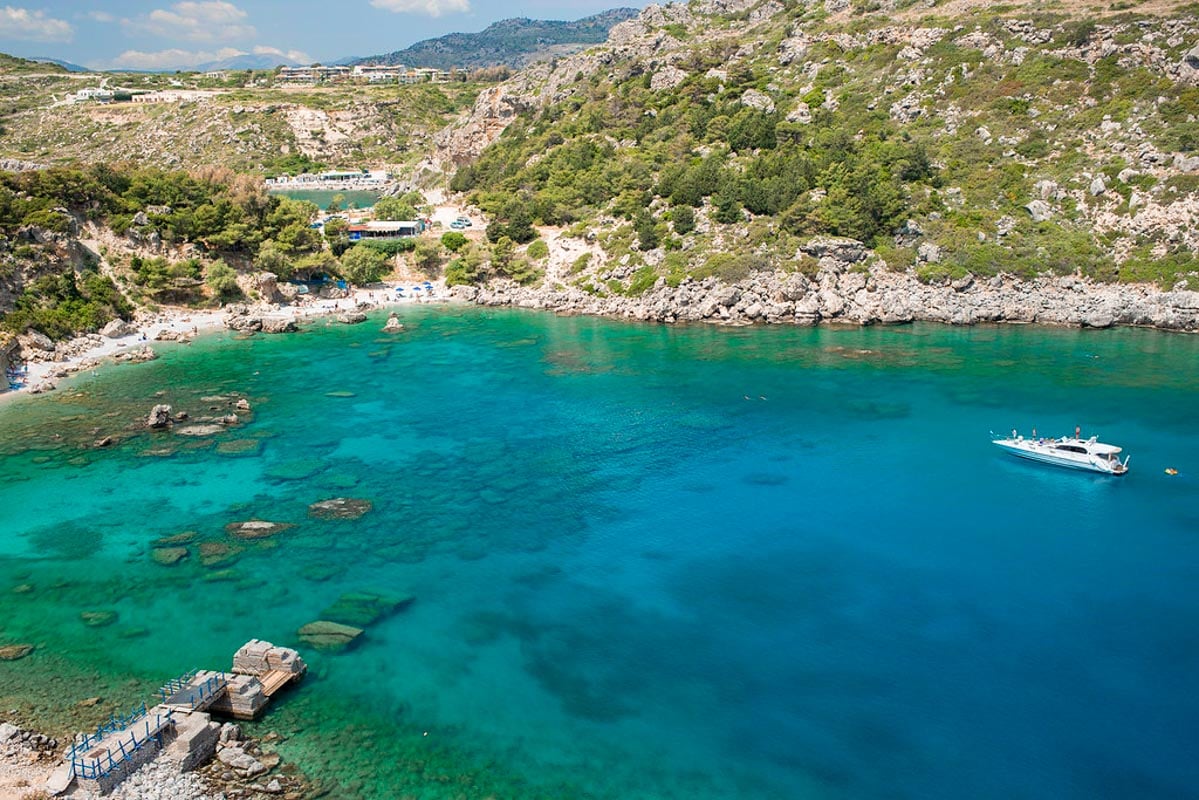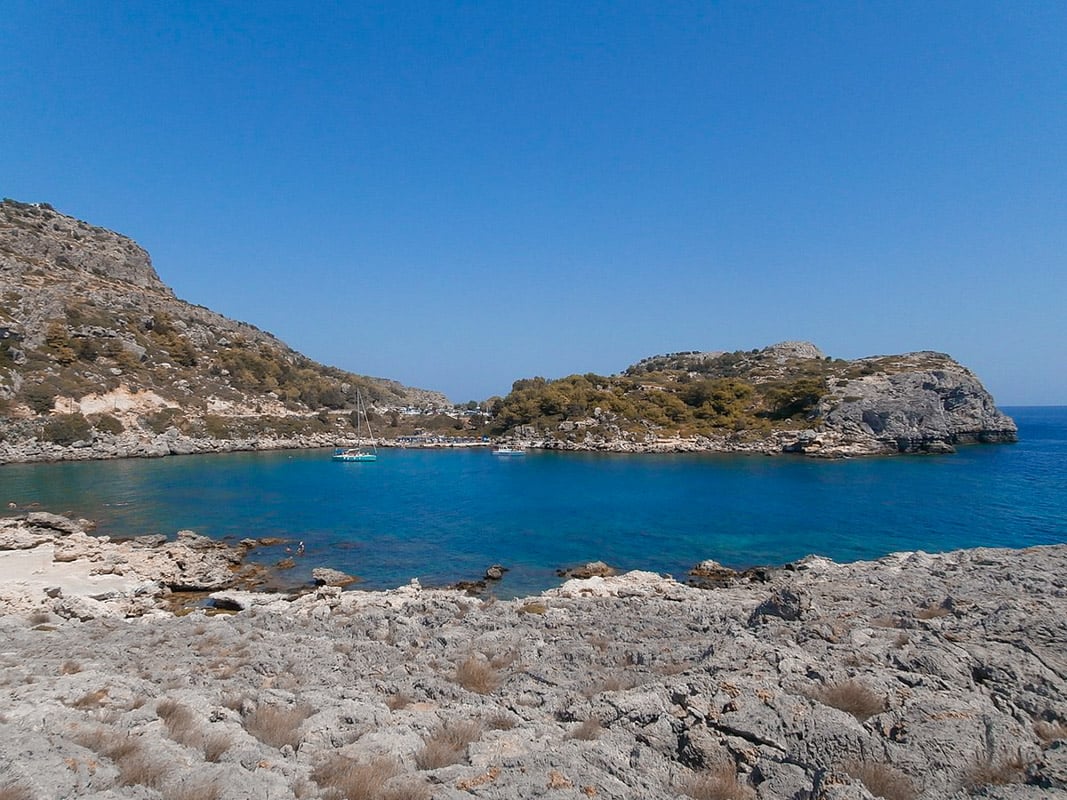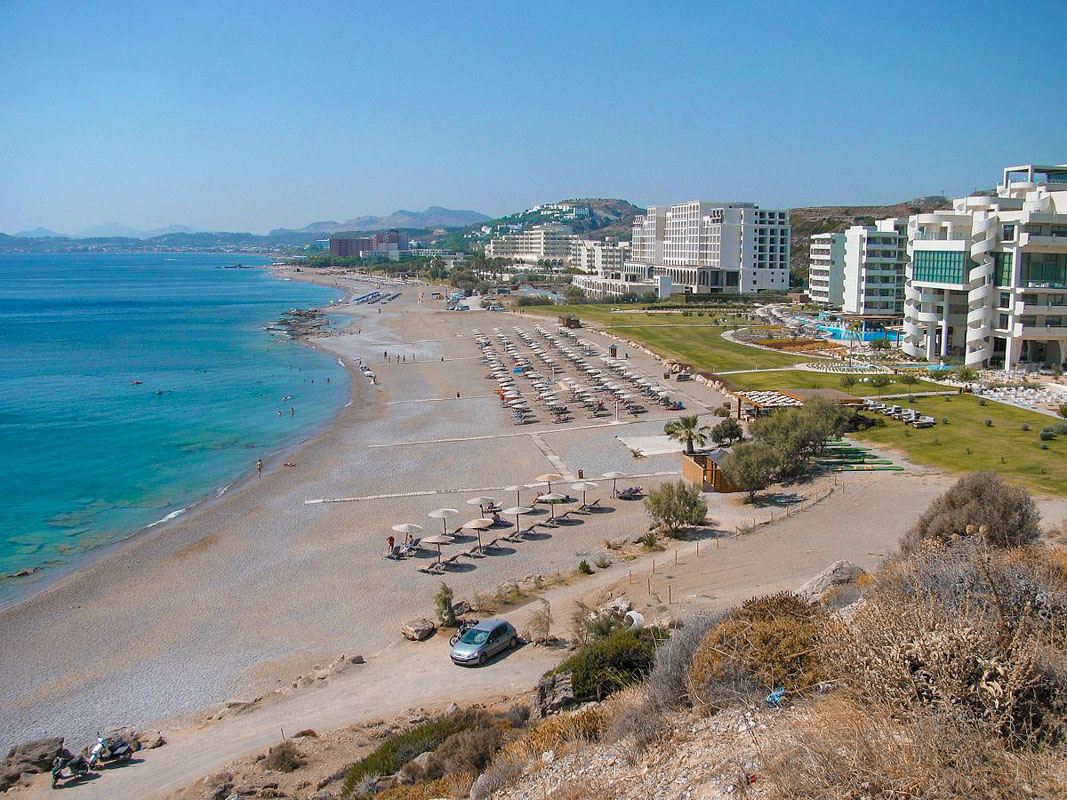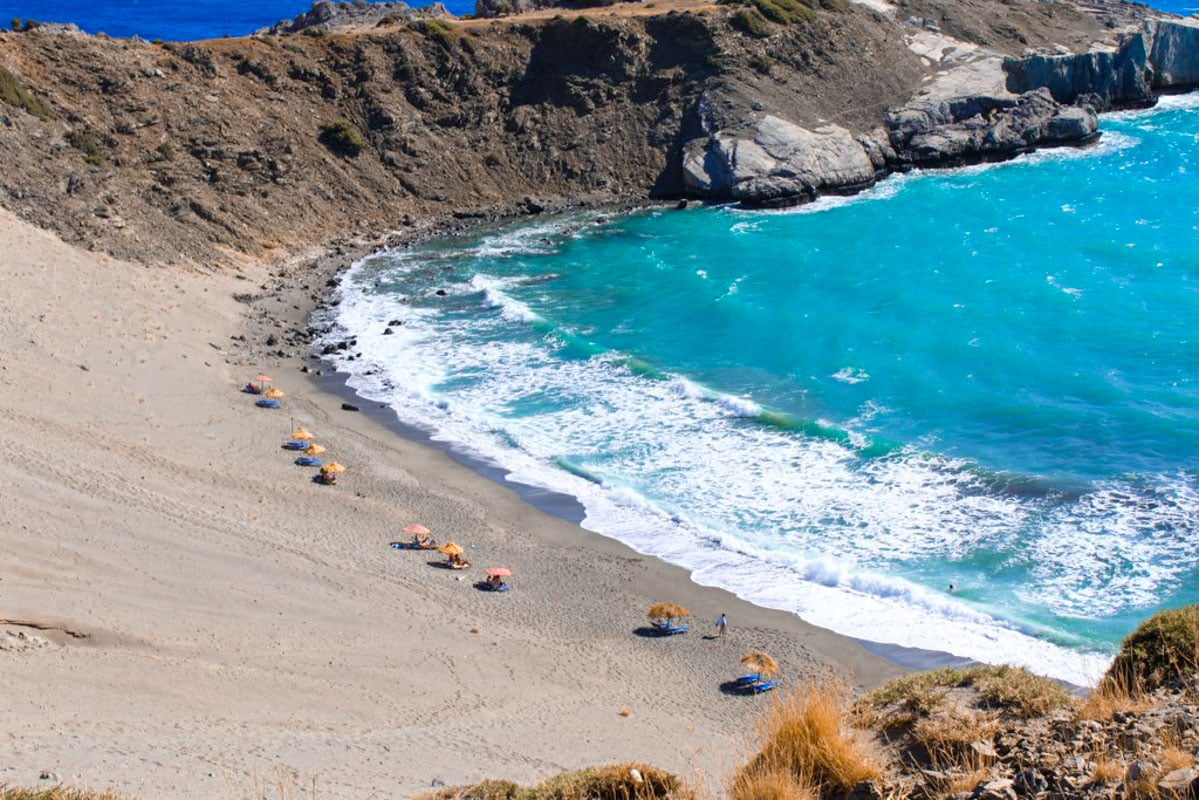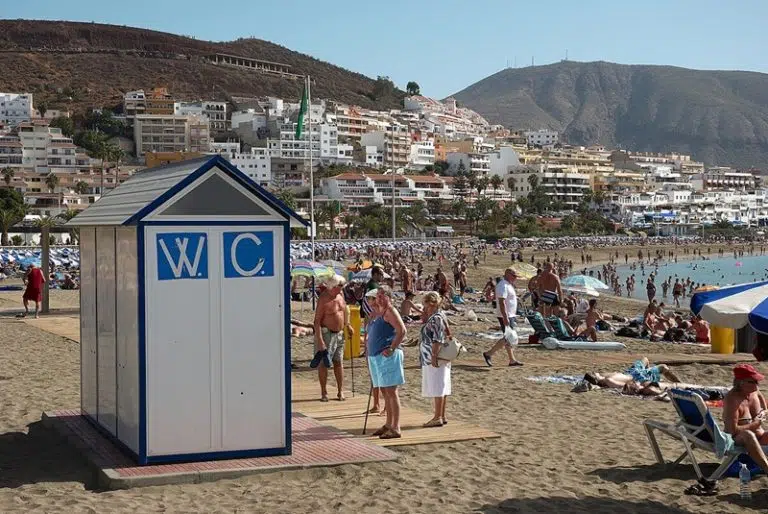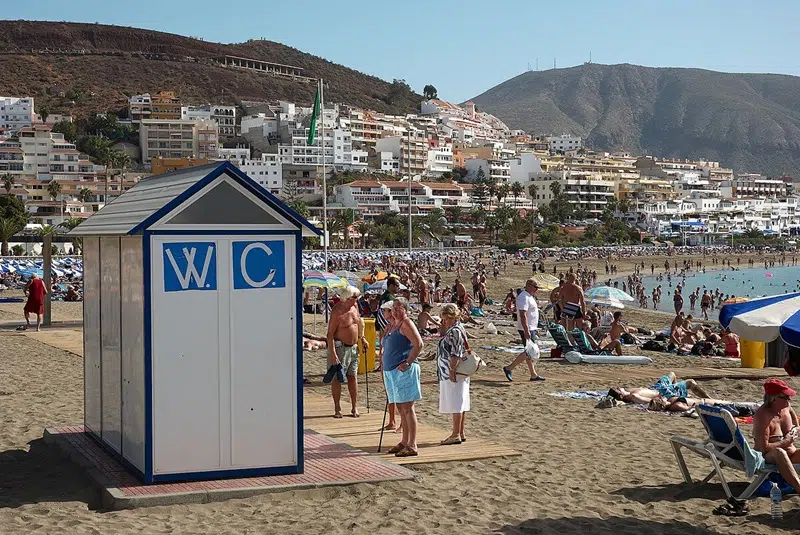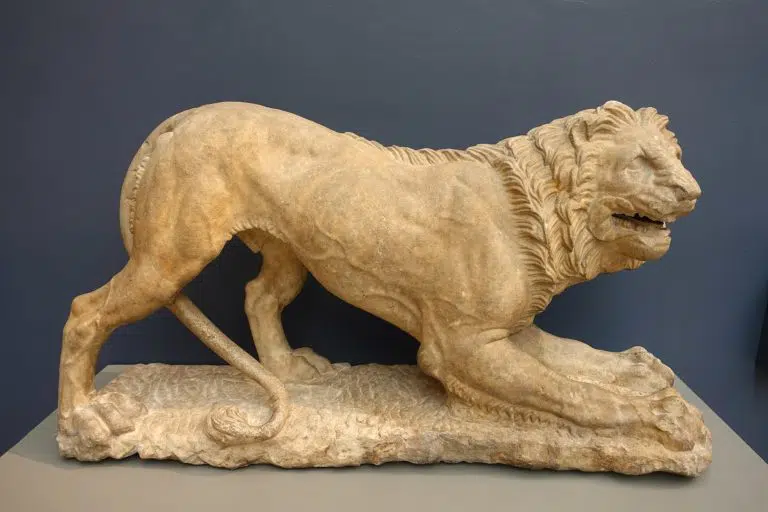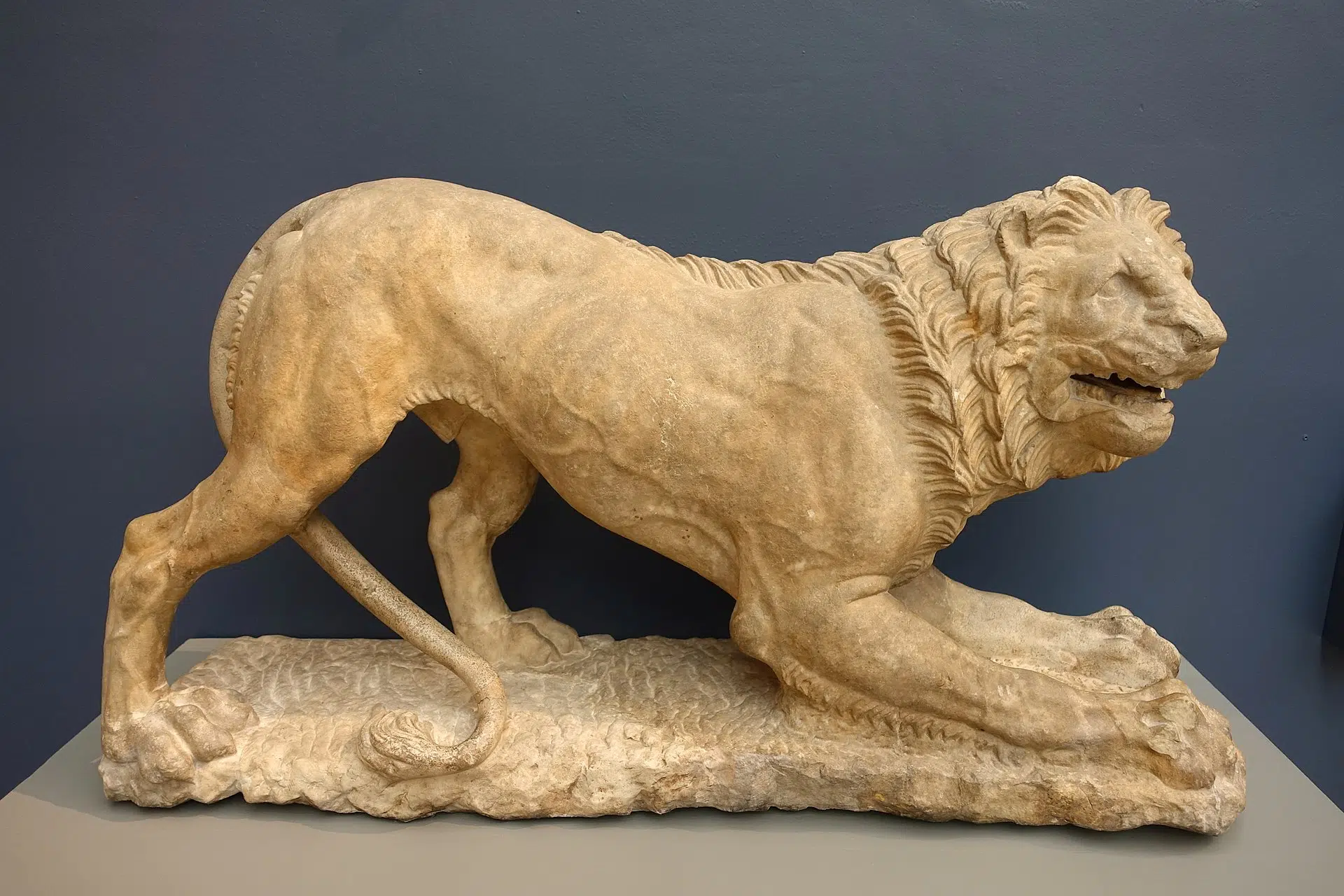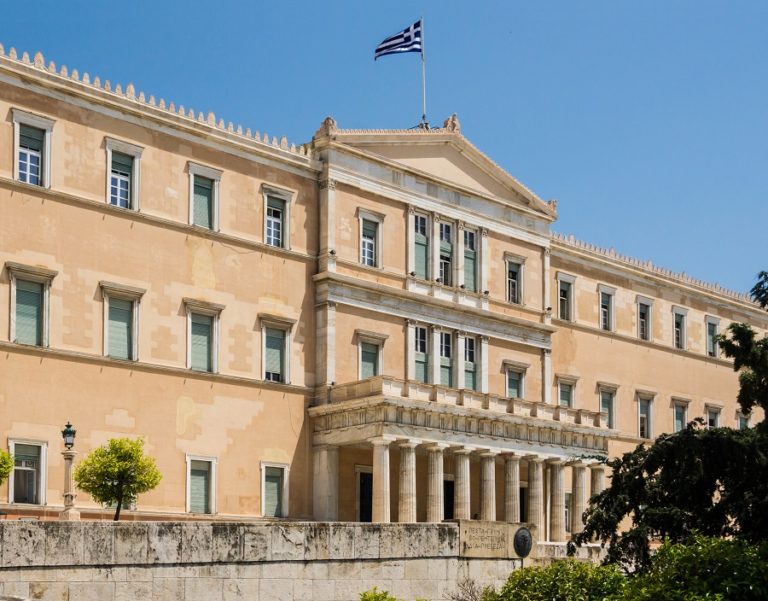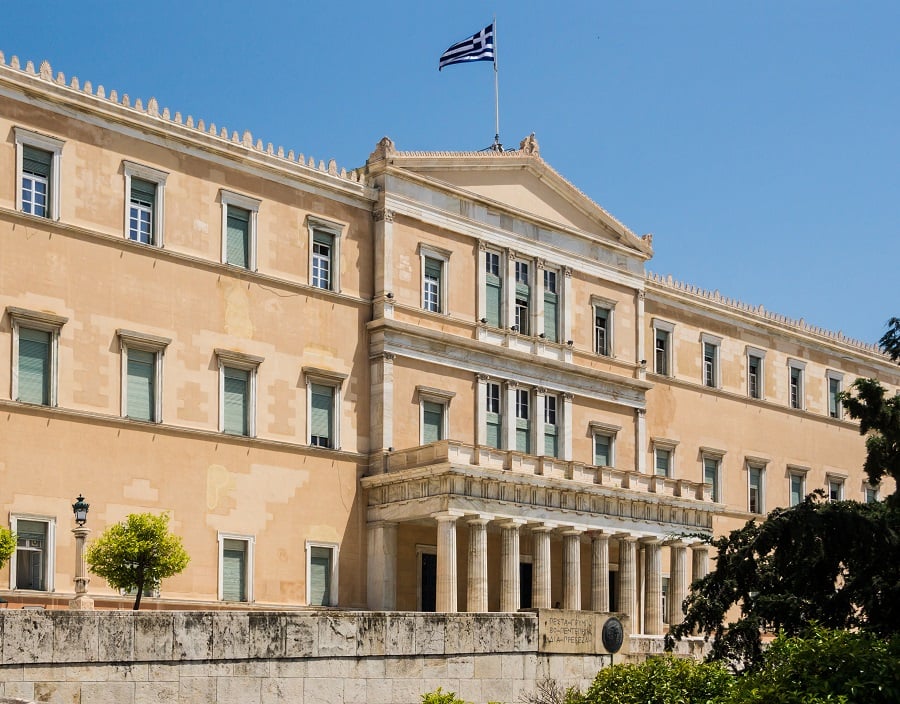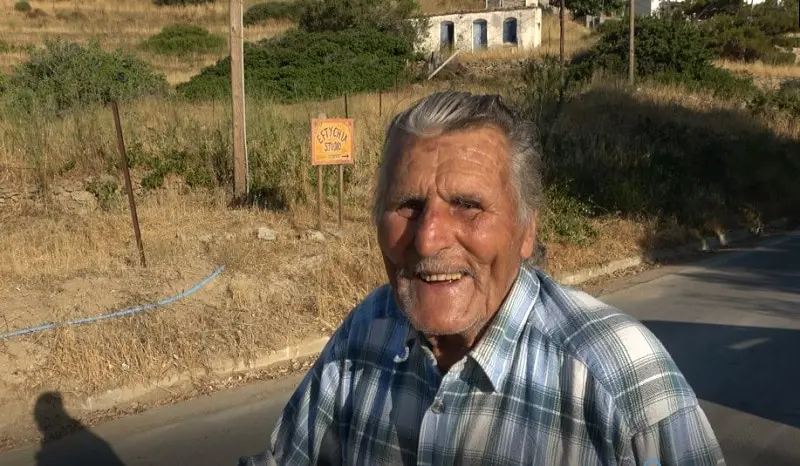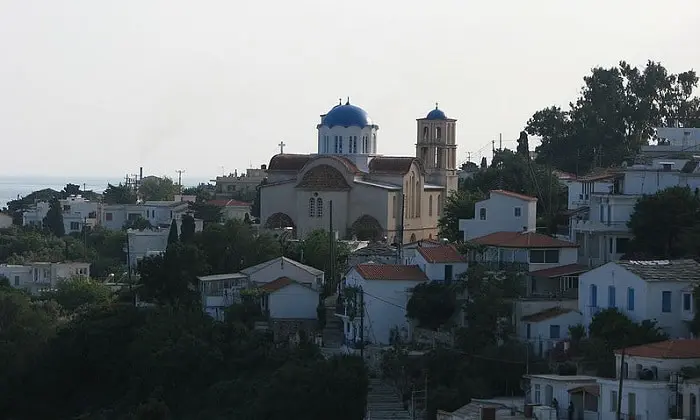
Antioch on the Orontes, an ancient Greek city on the eastern side of the Orontes River, was one of the most glorious of all the Greek cities in the world.
Home to hundreds of thousands of people in its golden age, it was known as “The Second Rome” and subsequently “the Cradle of Christianity” before it experienced so many cataclysmic earthquakes and military conquests that it was reduced to a backwater.
Now called “Antakya” by the Turks, with modern-era buildings completely obscuring those from Hellenistic and Roman times, little is left of the glory that once was Antioch.
Founded near the end of the fourth century BC by Seleucus I Nicator, one of the generals of Alexander the Great, the city’s location benefitted it militarily as well as economically for centuries. Situated along the Silk Road and the Royal Road, it was a hub of the spice trade and grew in importance to eventually rival Alexandria as the chief city of the Near East.
Founding of the city by Seleucus I
The city was the capital of the Seleucid Empire until 63 BC when the Romans took control, making it the seat of the governor of the province of Syria. From the early fourth century, the city was the seat of the Count of the Orient, head of the regional administration of sixteen provinces.
Antioch was one of the most important cities in the eastern Mediterranean half of the Roman Empire. Dubbed “the cradle of Christianity” as a result of the pivotal role that it played in the emergence of the new religion, Antioch was where the New Testament asserts that the name “Christian” was first used.
The city may have had up to 500,000 people at its height, but it declined to relative insignificance during the Middle Ages because of warfare, repeated earthquakes, and a change in trade routes, which no longer passed through Antioch from the Far East following the devastation of the Mongol invasions and conquests.
An ancient settlement called Meroe pre-dated Antioch. Historians believe that a shrine dedicated to the Semitic goddess Anat, called by Herodotus the “Persian Artemis,” was once located here.
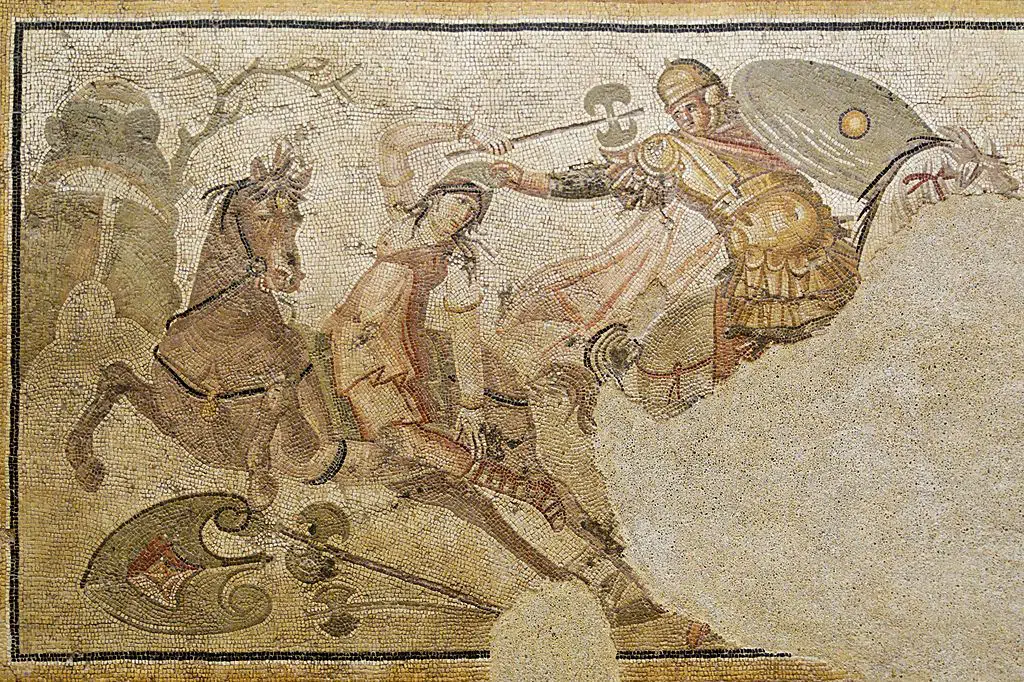
Third-largest city in the Roman Empire
After Alexander’s death in 323 BC, his generals, the Diadochi, divided up the territory he had conquered. Seleucus I Nicator won the territory of Syria, and he proceeded to found four “sister cities” in northwestern Syria, one of which was Antioch, a city named in honor of his father Antiochus.
Its fortified citadel was on Mount Silpius; the city was built mainly on the low ground to the north, all along the river. Two great colonnaded streets once intersected at the center.
In the Orontes, to the north of the city, lay a large island, and it was here that Seleucus II Callinicus began a third walled “city,” which was finished by Antiochus III the Great.
The new city was populated by a mix of local settlers that Athenians brought from the nearby city of Antigonia, along with Macedonians and Jews. The total free population of Antioch at its founding has been estimated at between 17,000 and 25,000, not including slaves and native settlers.
Antioch’s population reached its peak during the late Hellenistic period and Early Roman period; it would eventually become the third largest city in the Empire after Rome and Alexandria.
About six kilometers (four miles) west and beyond the suburb of Heraclea lay the paradise of Daphne, a park of woods and waters, in the midst of which rose a great temple to the Pythian Apollo. This was also the origin of the famous mosaic depicting a Greek warrior grasping the helmet of an Amazonian warrior woman.
Among its great Greek buildings was the theatre, of which substructures still remain on the flank of Mt. Silpius, and the royal palace, which was most likely situated on the island. At its zenith, Antioch enjoyed a reputation for being “a populous city, full of most erudite men and rich in the most liberal studies,” according to Cicero, who wrote about it in his work Pro Archia.
However, in a portent of its later fate, the first great earthquake in recorded history in the West took place in Antioch. The event was related by the native chronicler John Malalas. Occurring in 148 BC, it did immense damage, and it was only the first of many such quakes in the area which contributed to its decline.
Roman period was second heyday of Antioch
The Roman emperor Julius Caesar visited the great city in 47 BC and confirmed its free status within the Empire.
One of the most famous additions to Antioch, which most likely occurred during the reign of Augustus—when the city still had more than half a million inhabitants—was the hippodrome called the Circus of Antioch. Used for chariot racing, it was modeled on the Circus Maximus in Rome. With a length of more than 490 meters (1,610 feet), the Circus could seat up to an incredible 80,000 spectators.
In 115 AD, during Trajan’s time there during his war against Parthia, the whole area was convulsed by another enormous earthquake, resulting in an alteration of the entire landscape of the city. The population was then reduced to less than 400,000, and many sections of the city were abandoned altogether.
Center of Christianity
Antioch was a chief center of early Christianity for many centuries.
Evangelized, among others, by the Apostle Peter himself, according to the tradition upon which the Patriarch of Antioch still rests its claim for primacy, and certainly later by Barnabas and Paul during Paul’s first missionary journey, it was where the message of Christ was first heard by many.
Many scholars believe that Luke was a Greek physician who lived in the Greek city of Antioch. One of the Four Evangelists, Luke was one of the four traditionally ascribed authors of the canonical gospels.
The early Church Fathers ascribed to him authorship of both the Gospel of Luke and the Acts of the Apostles, which would mean Luke contributed over a quarter of the text of the New Testament, more than any other author.
Barnabas, one of the prominent Christian disciples in Jerusalem, also resided in the city; Ignatius of Antioch, who died c. 140 AD, also known as Ignatius Theophorus, or “the God-bearer” was an early Christian writer and Patriarch of Antioch. He was martyred while on his way to Rome.
St. John Chrysostom, who lived from the year 347 to September 14, 407, was also from Antioch. He was so skilled in rhetoric that he was known as “golden-mouthed.” He later served as Archbishop of Constantinople.
A number of Greek, Syrian, Armenian, and Latin monasteries surrounded the city in its Christian heyday.
The Christian population was estimated by St. John Chrysostom at about 100,000 people at the time of Emperor Theodosius I. Between 252 and 300 AD, ten great assemblies of the church were held at Antioch, and it became the seat of one of the five original patriarchates, along with Constantinople, Jerusalem, Alexandria, and Rome, part of the “Pentarchy” of cities which governed the development of Christianity.
Simeon Stylites, who lived from c. 390 to September 2, 459, was a local man who lived a life of extreme asceticism atop a pillar for forty years some 65 kilometers (forty miles) east of Antioch. His body was brought to the city and buried in a building erected under the emperor Leo. His example of complete surrender to God was followed by many throughout Christianity thereafter.
Raids, massacres and sackings
In 256 AD, the city was raided by the Persians under Shapur I, and many of the people were tragically massacred in its great theater. It was recaptured by the Roman emperor Valerian the following year, however.
By the time the emperor Julian visited in 362 AD on a detour to Persia, Antioch had a mixed population of pagans and Christians.
Julian’s successor, Valens, who endowed Antioch with a new forum, including a statue of Valentinian on a central column, reopened the great church of Constantine, which stood until the Persian sack of the city in 538.
Antioch and its port, Seleucia Pieria, were severely damaged by another cataclysmic earthquake, which occurred in 526, in which an estimated 300,000 people may have died. Antioch’s glory days were now in the past.
During the Byzantine–Sassanid War of 602 to 628, the Emperor Heraclius confronted the invading Persian army of Khosrow II outside the city in 613. The Byzantines were defeated in the Battle of Antioch after which the city fell to the Sassanians.
In 637, during the reign of the Byzantine emperor Heraclius, Antioch was conquered by the Rashidun Caliphate during the Battle of the Iron Bridge. Antioch found itself so often on the frontlines of conflicts between two hostile empires during the next 350 years that the city went into a precipitous decline from which it never recovered.
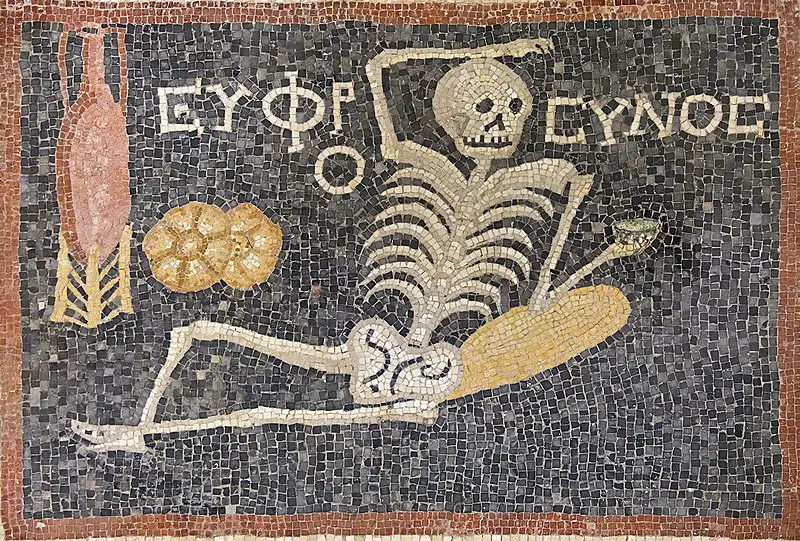
The Crusades and Frankish rule followed by Mamluk incursions
From 1233 onward, as a result of incessant warfare between the Crusader knights who ruled the city and various regional powers, Antioch’s standing as a city declined to the point that it barely appeared in records for thirty years thereafter. In 1254, the Armenian kings ruled Antioch while the prince of Antioch resided in Tripoli. The Armenians drew up a treaty with the Mongols, who were now ravaging Muslim lands from the East. Under their protection, they extended their territory into Aleppo to the south.
In January of 1265, Baibars, the fourth Mamluk sultan of Egypt, launched an offensive against the Frankish crusaders who then ruled the city, and in 1268, he besieged Antioch, capturing it on May 18th. While he had promised to spare the lives of the inhabitants, he broke his promise and razed the city, killing or enslaving nearly the entire population upon their surrender.
Antioch’s former Frankish ruler, Prince Bohemond VI, was then left with no territories except the County of Tripoli. With the fall of the city, the remainder of northern Syria eventually capitulated, ending the Frankish knights’ presence in Syria.
By the year 1432, there were only about 300 inhabited houses within the walls of Antioch, mostly occupied by Turks, according to historian Steven Runciman.
Archaeological traces of once-great city of Antioch
Few traces of the once-great Roman city are visible today aside from the massive fortification walls that snake up the side of the mountains to the east of the modern city, as well as several aqueducts, and the Church of St Peter (St Peter’s Cave Church, Cave-Church of St. Peter).
This latter church was said to have been a meeting place of the early Christian community of Antioch; it is still extant and is open for visitors unlike almost all the other monuments in Antioch. Most of the Roman-era buildings now are either buried beneath sediment from the Orontes River or have been obscured by recent construction.
Between 1932 and 1939, systemic archaeological excavations of Antioch were undertaken under the direction of the Louvre Museum, the Baltimore Museum of Art, the Worcester Art Museum, Princeton University, Wellesley College, and later, the Fogg Art Museum at Harvard University and its affiliate Dumbarton Oaks.
The excavation team failed to find the major buildings they hoped to unearth, including Constantine’s Great Octagonal Church and the imperial palace. However, a great accomplishment of the expedition was the discovery of high-quality Roman mosaics from villas and baths in Antioch, Daphne, and Seleucia Pieria, including that pictured above, which is now in the Louvre.
The principal excavations of mosaics at Antioch led by Princeton University in March 1932 recovered nearly 300 such pieces. Many of these were originally used as floor mosaics in private homes during the 2nd through 6th centuries AD while others were displayed in baths and other public buildings.
One such stunning mosaic includes a border that depicts a walk from Antioch to Daphne, portraying many ancient buildings along the way which were once extant. A collection of mosaics on both secular and sacred subjects which were once in churches, private homes, and other public spaces in Antioch are now in the collections of the Princeton University Art Museum and other museums.
A statue in the Vatican and a number of figurines and statuettes portray its great patron goddess and civic symbol, the Tyche (Fortune) of Antioch—a majestic seated figure, crowned with the ramparts of Antioch’s walls and holding wheat stalks in her right hand with the river Orontes as a youth swimming under her feet.
The northern sector of Antakya, the Turkish name of the city, has been growing rapidly over recent years. This construction has begun to expose large portions of the ancient city, which are frequently bulldozed and rarely protected by local officials.
In April of 2016, archaeologists discovered a Greek mosaic (above) showing a skeleton lying down with a wine pitcher and loaf of bread alongside a text that reads: “Be cheerful, enjoy your life.”
This unforgettable artwork is reportedly from the 3rd century BC.
Described as the “reckless skeleton” or the “skeleton mosaic,” it is thought to have decorated the dining room of an upper-class home in Antioch, advising all those who look upon it to eat, drink and be merry—for no one knows what the future holds.



